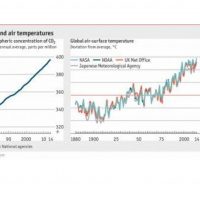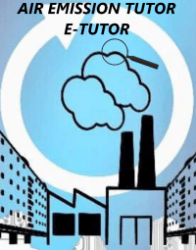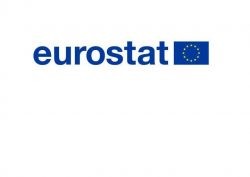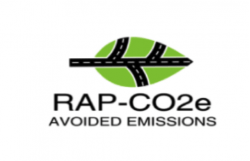The CO2 and greenhouse gas reduction program, according to the Kyoto Protocol, has been transposed through the EC/2003/87 Directive (Emission Trading Scheme or EU ETS), in Italy by the ex-Legislative Decree 216/2006 and subsequently, the key principles for the calculation of CO2 emissions were set out in EU Decision 2007/589/EC as follows:
- Completeness: Complete and comprehensive data collection of all sources and flows of emission sources
- Comparability: Clear, shared, and repeatable procedures over time
- Transparency: Clear and available procedures and documents, verification by an independent external body
- Accuracy: Measurement accuracy and instrument control or calculation methods used
- Cost / Effectiveness: Applied procedures with good cost / effectiveness
- Loyalty: Faithful representation of actual emissions
- Improved efficiency in monitoring and reporting of emissions: continuous improvement over time.
Under Directive 2003/87/EC more than 10,000 industries operating in Europe need an CO2 air emission authorization, they have to exam their CO2 and greenhouse gas emission and submit a Monitoring Plan, monitor their emissions and communicate them to the National Authority (in Italy to the Ministry of the Environment by March 31 of each year). Since Emission Trading marketing is possibile for the avoided CO2-quote, the balance of their emissions must be checked by independent third party certification.


The judgment of the European Court (Section V) registered on 18 May 2006, Case C-122/05, forced Italy to Decree no. 216 which involve the monitoring of CO2 and greenhouse gas reduction emissions over 1,000 Italian companies in the following sectors:
- Energy activities
- Production and processing of ferrous metals
- Mineral products industry
- Other activities (production of paper pulp or fibrous and cardboard production (> 20 t/g)
Therefore EU preferred set up a CO2 and greenhouse gas trading market, providing greater flexibility to businesses, to “command and control” instruments for environmental protection.
The recent Decree 30/2013 improved the CO2 Emission Reduction legislation and extended the greenhouse gas emission allowance trading in the Community, repealed ex-Decree 216/2006, stating that each Reference to Decree 216/2006 and its modifications in current legislation must be understood whit reference to Decree 20/2013. It also assigned ISPRA the national inventory of greenhouse gas and confirmed the following 6 gas of interest in Annex II:
Greenhouse gas
- Carbon Dioxide (CO2)
- Methane (CH4)
- Nitrogen Oxide (N2O)
- Hydrofluorocarbons (HFCs)
- Perfluorocarbons (PFCs)
- Sulfur hexafluoride (SF6)







